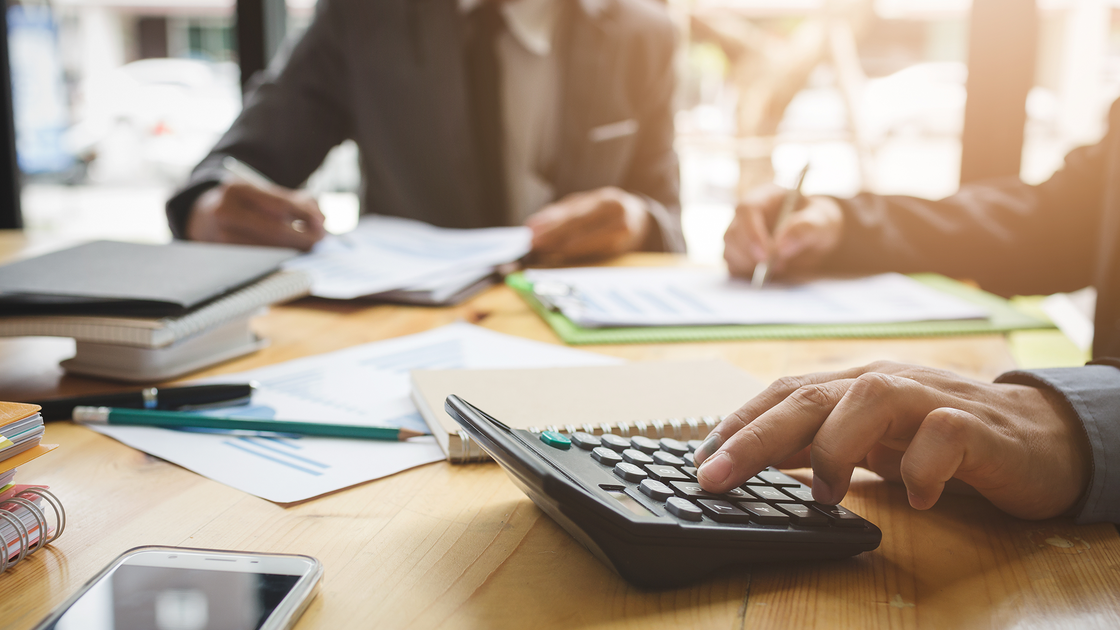The pre-tax time checklist for business owners

As a business owner, getting ready for tax time can be stressful. We understand.
To ease the burden, we’ve put together some quick tips to help take the pain out of tax time.
Book in with your accountant
The first place to start is to book in with your accountant. They can work through specific strategies to suit your business and help to optimise your tax position.
Tax accountants are busy at this time of year, so it’s best to get on to them sooner rather than later.
Be Strategic
You may be able to reduce your tax bill by taking advantage of small business concessions. You can find more information about concessions based on your aggregated turnover on the ATO’s website.
If you are expecting to have a higher income this financial year compared to next financial year, one strategy some business owners use is to pre-pay expenses. Examples include insurances, rent and subscriptions.
Other options to explore with your accountant include postponing invoicing for the current tax year, topping up voluntary superannuation contributions and writing off any unrecoverable debts.
If you expect a higher income next financial year, talk to your accountant about options like invoicing early (if appropriate) or paying expenses over the coming tax year (rather than pre-paying them as a lump sum this year).
Look into the instant asset write-off
If you need new tools and equipment, computers, office furniture, work vehicles or other business assets, check out the government’s instant asset write-off. The timing of these purchases can work to serve the needs of your business.
The scheme allows eligible businesses to potentially claim an immediate tax deduction for qualifying assets up to $150,000. It has been extended until June 30, 2023.
The assets must be used or installed for use in the year you intend to claim them in and the instant asset write-off can be used for:
- Multiple assets if the cost of each individual asset is less than the relevant threshold
- New and second-hand assets.
How much you can write-off depends on when you bought the asset and the associated threshold amount. More information can be found on the ATO website.
Remember the golden rules for claiming deductions
Many of the expenses associated with running your business can be claimed, but keep in mind:
- The expense must be for your business, not for private use.
- If the expense is partly for private use, you can only claim the portion that’s for business use.
- You’ll need records to prove the expense and how you worked out the business portion.
The ATO’s Tax Time Toolkit for Small Business offers tips for claiming everything from home-based business expenses to motor vehicle expenses.
Include all your income
You’ll need to include all your income in your tax returns. This includes cash, EFTPOS, credit or debit card transactions, income from other platforms like PayPal, as well as from business assets, capital gains and other business activities.
If your business has received government income such as COVID-19 stimulus payments, you may need to include these as assessable income in your business income tax return, as well as other grants and payments.
Know what to do if you’ve taken money out of the company or used its assets
If you’ve taken money out of your business or used business assets for private purchases, this needs to be recorded and reported properly.
There are different requirements depending on how you’ve done this (through your salary, a fringe benefit or a loan from the company).
You can find more information on the ATO website.
Plan ahead
As the end of the financial year approaches, it’s a good time to start thinking about next year. What are your projections and how might you do things differently?
If cash flow has been a problem, you may find the ATO’s manage cash flow page useful.